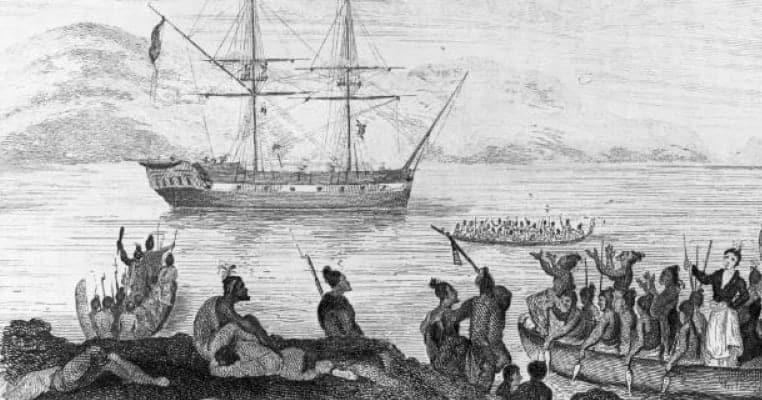Cannibalism, the consumption of members of one’s own species, is known to occur in over 1,500 species of animal life on earth, one of which is humanity. Long a staple of movies and television, sometimes for comic effect, cannibalism was not limited to Africa and South America, or the islands of the South Pacific. It has been practiced as part of religious rituals, as simple food, and as part of warfare. In 1979, a controversial book written by William Arens posed the argument that cannibalism has never existed anywhere in the world where it was considered socially acceptable, and where it did occur it was based solely on the temporary lack of other food sources. Other scholars refuted his arguments with physical evidence.

English and French navigators encountered cannibalism in the South Pacific during the Age of Exploration, and the Fiji Islands were known as the Cannibal Isles, based on the tales sailors told by more friendly natives in Tahiti, Hawaii, and other locales. It was practiced in North America among several Indian tribes, and the name Mohawk for the Eastern Iroquoian tribe was derived from a Narragansett word meaning maneaters. Cannibalism has been practiced in recent times in wars on the African continent, and rumors of its continuing among remote tribes in the Pacific Islands and South America are found readily. Here is some of the history of human cannibalism, including who practiced it and why.
1. Cannibalism led to one of the Western world’s favorite fairy tales

During the Great Famine in Europe (1315-1317), poor growing conditions in the spring of 1315 led to lost crops and severe food shortages which lasted until the harvest at the end of 1317. During the famine, millions of people died due to starvation, sickness, and crime. The famine affected Europe from the Russian plains to the Italian Alps. The crime of infanticide became common, and cannibalism occurred across Europe, often preceded by murder, as roving bands of starving people struggled to find food. Frightened people in towns and villages recorded the stories of murder and cannibalism in France, the Germanic lands, and in Central Europe.
Archeological evidence from bones discovered in the 20th century, carbon-dated to the period of the Great Famine and the lean years which followed, indicates butchering of human bodies, as well as evidence of burning. Although many deny that cannibalism took place, arguing the spreading influence of the Church would have prevented it, others believe the evidence is overwhelming that it did, particularly of children found abandoned. The fairy tale we know as Hansel and Gretel, which was first written down by the Brothers Grimm, was likely based on an old folk tale which derived from the period of the Great Famine. The children were to be the victims of cannibalism, lured to the oven of a cannibalistic witch.

